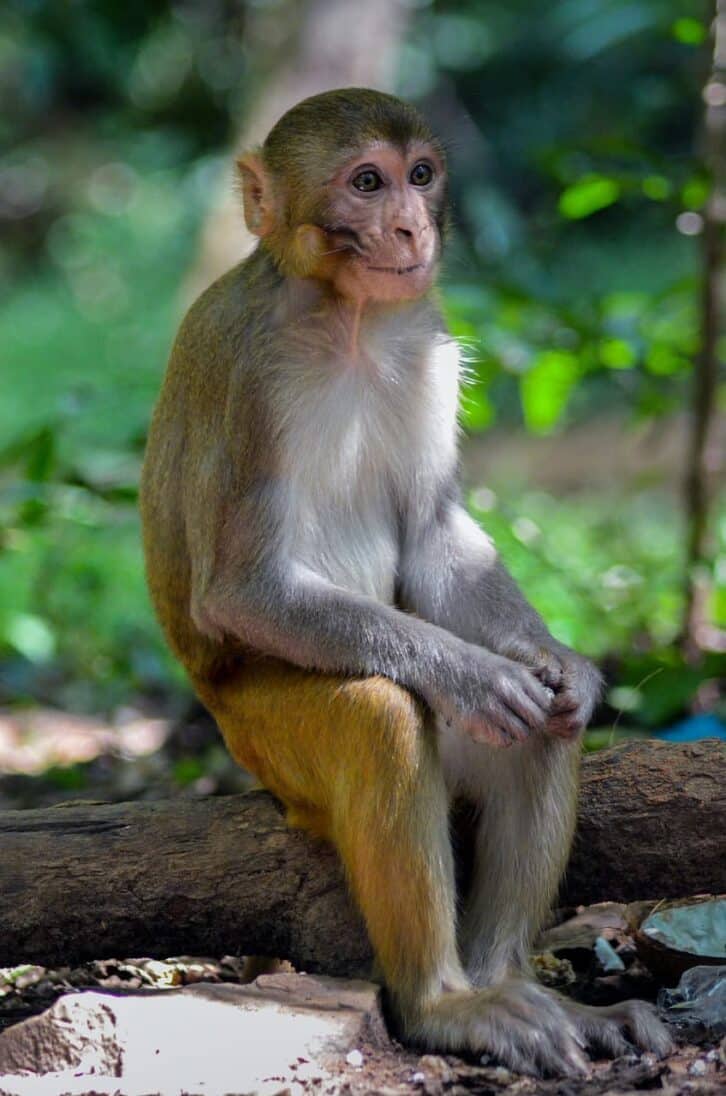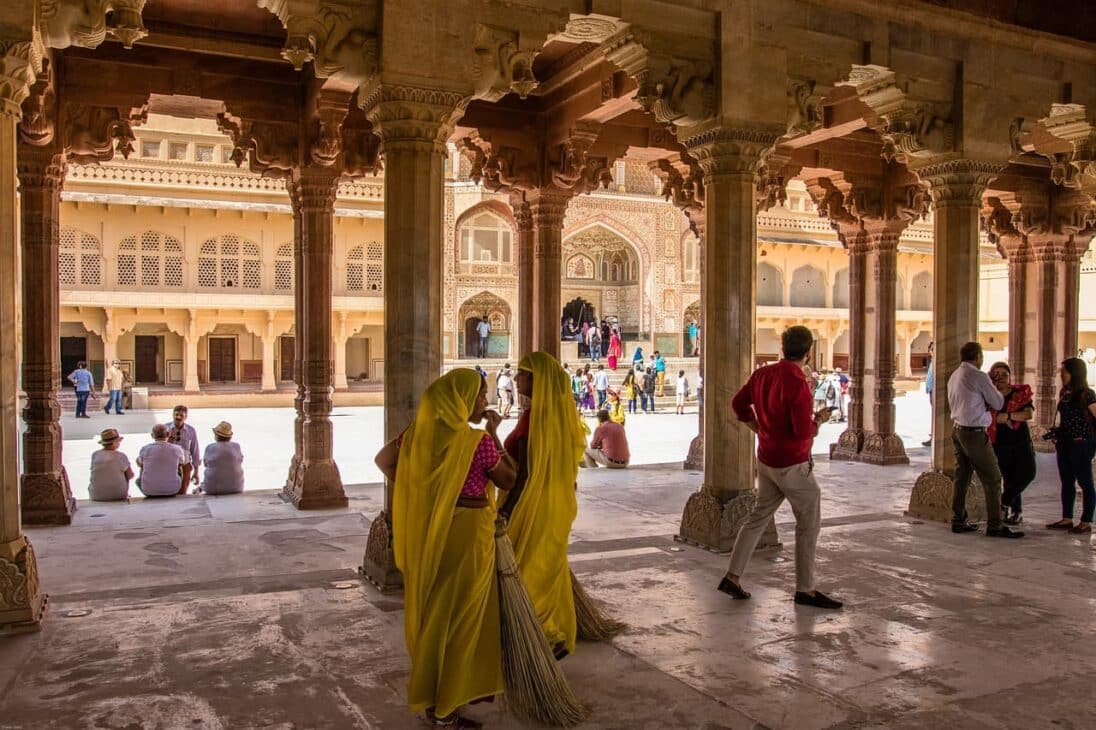Language of India
What language is spoken in India? It’s impossible to talk about an “Indian language” because there are actually many languages. Over the years, classifying the languages spoken in India has been a very difficult task, as experts have had to distinguish between dialects and languages that have much in common with each other. This is not too surprising to us, given that:
India is the seventh largest country in the world;
India is home to 1.3 billion people;
The distance between North and South India is more or less the same as between Canada and Mexico.
What language is spoken in India?
The Constitution of India recognizes 22 languages: Bengali, Hindi, Maithili, Nepali, Sanskrit, Tamil, Urdu, Assamese, Dogri, Kannada, Gujarati, Bodo, Manipuri (also known as Maithai-long), Oriya, Marathi, Santhali, Telugu, Punjabi, Sindhi, Malayalam, Konkani, and Kashmiri. Tamil and Sanskrit (considered by some scholars to be the lingua franca in India) are the only two official classical languages.
The federal states of India were organized according to the common language spoken in each region, and although Hindi, along with English, is the official language of the central government, individual administrations can adopt any local language as the official language of their state. There are 23 registered languages in India, 22 of which are mentioned above and English.
Many children in India grow up in a bilingual environment, either because each of their parents speaks a different language or because they find themselves in a community that comes from a different part of the country. The literacy rate in India is 71.2%, and most private schools work hard to motivate students to learn different languages, sometimes as early as elementary school. In government schools (which are usually attended by working-class children), instruction is in the language of the region, but over the years there has been an attempt to include more English classes.
FLORA AND VEGETATION
The vastness of the region and its great development in latitude, as well as the greatness and extent of the terrain, determine very different aspects in the flora and in the vegetation.
The Himalayan chain, which belongs to the boreal floristic kingdom, contains many elements. Different regions can be distinguished: the Indus plain region with low rainfall and predominantly herbaceous vegetation (steppes), with a small number of tree species, such as some palms; the Gangetic plain region, which is much wetter than the previous one: the delta of this and the Brahmaputra consists of numerous islands covered with evergreen forests and with a large development of mangroves; the Malabar region, which reaches an altitude of 2700 m, has a lush Vegetation resembling that of Malaysia, with dense forests of climbing palms and bamboo, and grasslands. In the Deccan, the low jungle along the east coast is characterized by species of eugenics, mimusops, diospirs, etc.; vast areas are covered with bamboo.
ANIMAL WORLD
India’s wildlife is highly diverse and endemic, especially in the Western Ghats (or Sahyadri Mountains), the eastern Himalayas, and the India-Myanmar border, which are considered biodiversity hotspots.
Mammals are represented by more than 400 species, which is about 8% of the world’s mammalian fauna: among primates, gibbons, many species of macaques, langurs and graceful lorikeets; bats have 110 species, including the false vampire and the great Indian flying fox. Among the Erinaceomorphs, we should note the endemic endemic subspecies of the holo-abdominal hedgehog; among the Soricomorphs, there are many species of crocodiles.
Carnivores are represented by numerous species, including: in Felidae, the Bengal tiger, Asiatic lion and snow leopard, endangered species, and leopard, while the Asiatic cheetah became extinct in I. Among the Viverrids, there are many owls (or civets) and binturong; among the canids, Indian wolf, golden jackal, Indian fox (Vulpes bengalensis), and cheaters; among the martens, the Nilgiris marten (Martes gwatkinsii) is endemic; and many representatives of the mongooses (Herpestidae), including the Indian swamp mongoose (Herpestes palustris), are endemic; among Ursids, brown bear, Malayan bear and Tibetan bear; for hyenids, striped hyena; some tupai (Scandenti), including Indian tupai (Anathana ellioti), endemic; also present is a small panda, from Ailurids.

Rodents are represented in the Indian fauna by more than 100 species, of which about 70 are murids, as well as various squirrels (Sciurids), flying squirrels (Pteromids) and porcupines (Hystricidae). Among the hares there are some species of hares and pika. Among the ungulates are the gaur, nilgau, Indian buffalo, yak, many antelopes, various deer (including speckled deer and sambar) and muntjac, the Indian wild boar. Among the Perissodactyls is the Indian rhinoceros, while Sumatran rhinos are Javanese-regionally extinct. Among the proboscis is the Indian elephant. Representatives of the cetacean group, such as the Ganges dolphin, are found in the rivers. Various pangolins complete the picture of the Indian mammalian fauna.
The avifauna accounts for more than 12% of the world’s fauna, with about 1,200 species (mostly resident, some wintering), a significant number of which are exceptional for the region.
Reptiles include the Gangetic Garial and the reticulated python, possibly the longest snake in the world. The herpetofauna is highly distinctive: 45% reptiles and 55% amphibians.
Fish are represented by more than 2500 species, which is approximately 11% of the world’s species.
Invertebrates of the subcontinent are still little known, except for some specific taxa. Among the arthropods, there are many insects that are characterized by a wealth of forms and a variety of colors.
ANTHROPOLOGY
The common element of the vast territory, usually referred to as the “Indian world” or “Indian civilization” and which represents a huge heterogeneity from a geographical and cultural point of view, is the intertwining of the Hindu religious element (Hinduism) and Buddhist (Buddha) with a social organization that is still largely structured on the caste system.
A caste is a closed social group to which a person belongs by inheritance and which requires adherence to precise rules regarding cohabitation and marriage: only within the group is it possible to share food and choose a spouse (endogamy). The division into castes is part of a broader hierarchical system that is largely based on the concept of purity/impurity. Already the Ṛgveda, one of the main texts of Hinduism, divides men into varna (literally “color”), indicating the duties assigned to each of them: brahmins have ritual and didactic tasks, warriors (kshatriyas) have to protect their subjects, common people (vaisyas) have to devote themselves to breeding, agriculture, trade, and servants (shudras) have to serve the three higher castes.

Along with this division into four major varna, a further segmentation concerns the actual castes (jatis, literally “birth”), which number in the tens of thousands and are often associated with specific occupational fields; the term jati is also applied to groups of those outside the four varna. This term is avoided today because of its negative connotations. It is better to speak of Harijans (“sons of Hari”, i.e. Vishnu) – the term Gandhi chose to define them – or Dalits (“oppressed”); they currently make up approximately 14% of the Indian population.
Fulfillment of one’s caste duty (swadharma) is the key principle on which the ideology of the caste hierarchy is based; it is intertwined with the doctrine of karman, the rule of retribution for deeds, which in turn is linked to another fundamental pan-Indian belief, that samsara is an endless chain of rebirths governed by karman, to which all beings are subject.
The kinship organization of the Indian family depends largely on the context of residence. In rural areas, relations between relatives are very close, and even if there is not always a common place of residence (extended family), there are common property rights, ritual practices and norms of behavior. In urban contexts, the nuclear family is more common.
Even in terms of the use of power in the family, there are differences related to the area: In the northern regions (Gujarat, Rajasthan, Uttar Pradesh, Madhya Pradesh, Punjab and Haryana), the husband exercises power more strongly than in the southern regions (Kerala, Tamil Nadu, Andhra Pradesh, Karnataka and Maharashtra), while the eastern regions (Bihar, West Bengal and Orissa) represent an intermediate situation. Marriage is the main rite and includes the kinship groups of the two spouses. Usually, the spouses belong to the same caste (endogamy), although sometimes within the same caste the husband may belong to a higher subcaste (hypergamy).
The issue of dowry, the set of property that the bride’s family must pay during the marriage transaction, is a very sensitive one, especially in poor families. Another form of marital compensation, although less common, is bride price, which involves the transit of goods from the groom’s family to the bride’s family. Descent is usually patrilineal (paternal), but there are exceptions, such as the Nayars of Kerala, among whom the rule of maternal descent applies. The Nayars are also known for a typical form of polyandry (a woman marrying several men) compared to the general monogamy in the Hindu context.
The marriage form of polygyny (the marriage of one man to several women) is widespread especially among Muslims. The residence of the family unit is usually patri- or faith-local (with the husband’s family), but also neolocal in urban areas.